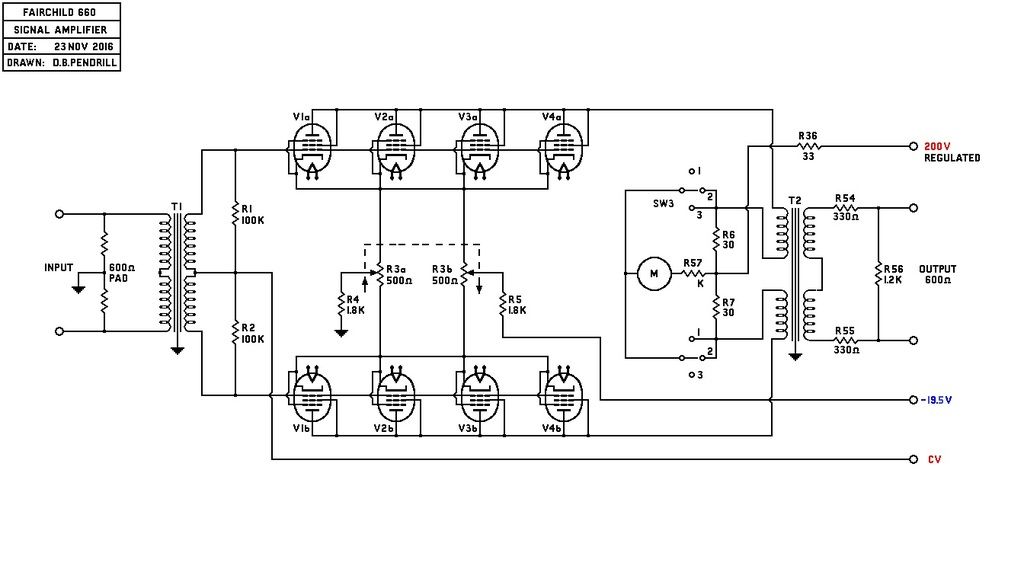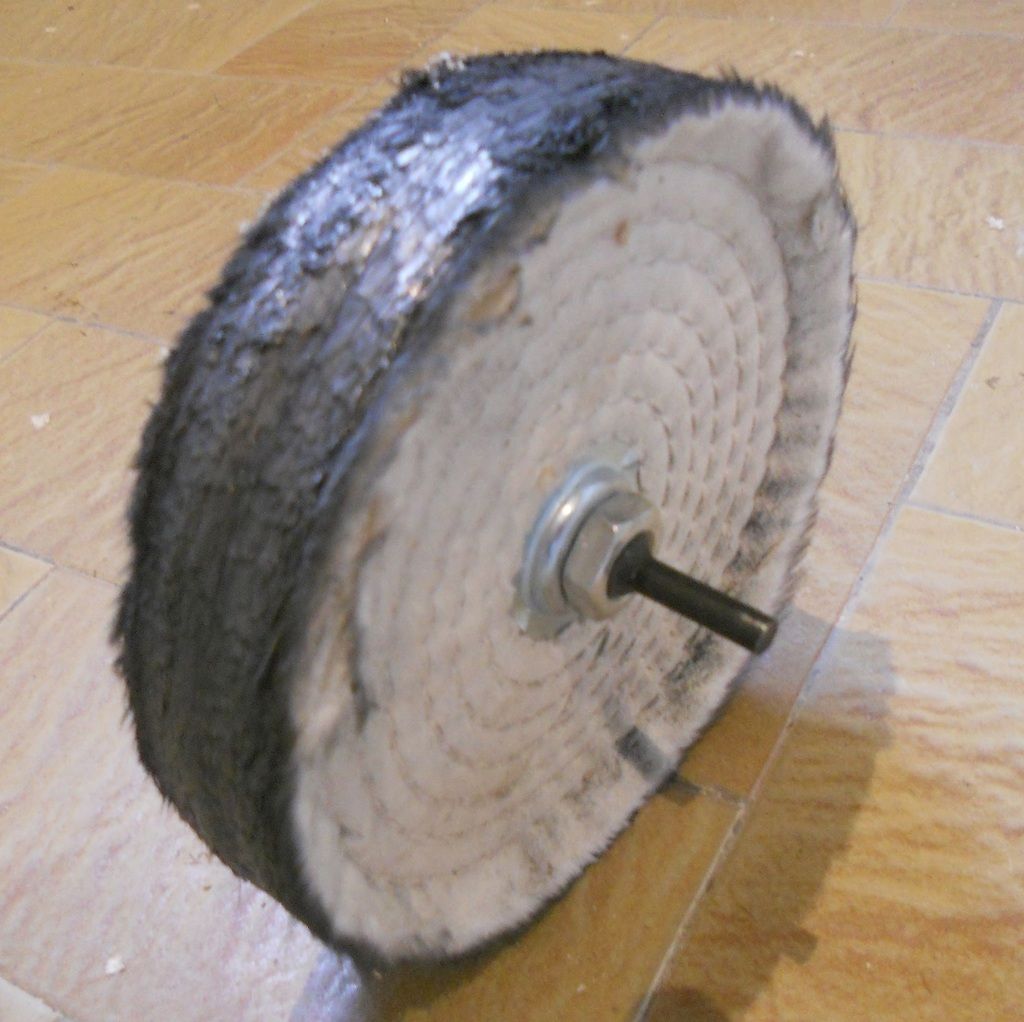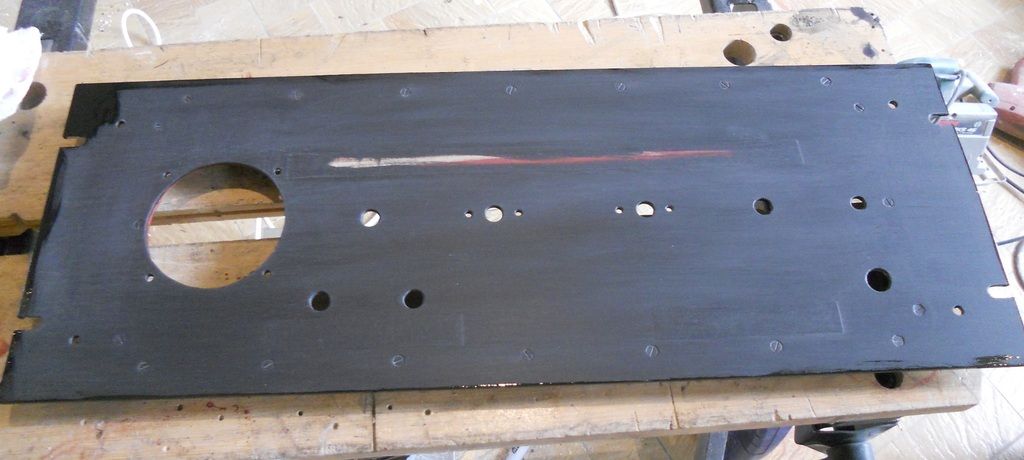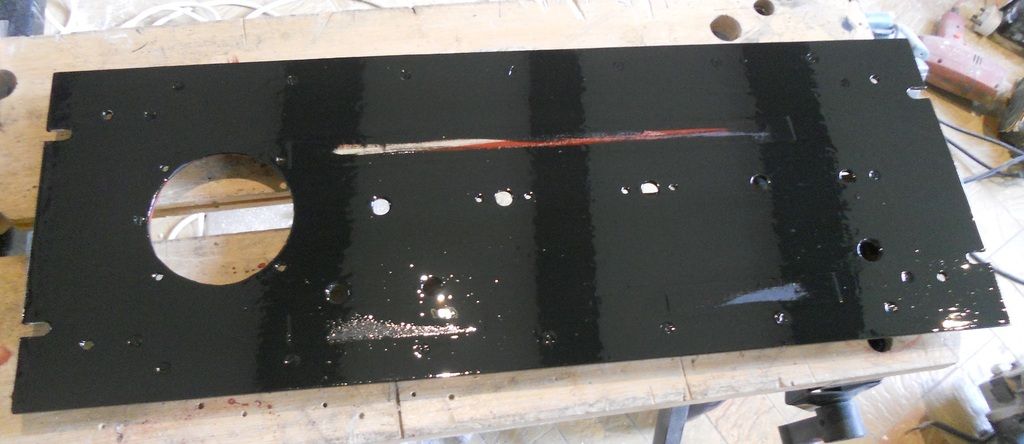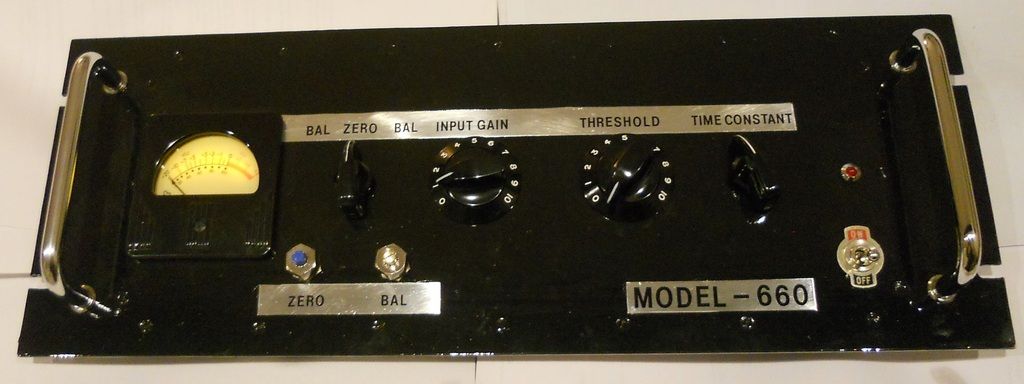warpie
Well-known member
- Joined
- Feb 7, 2009
- Messages
- 1,604
WOW! Tha's the best Flux Capacitator I've ever seen.
Dave, could you possibly post a link or the type of that "dedicated red glue" you're using? I've been looking for something like this for quite some time but I don't even know where to look at (or what is actually called).
I do quite a lot of location recording and I'd like to use this for my builds.
Great job BTW!
Dave, could you possibly post a link or the type of that "dedicated red glue" you're using? I've been looking for something like this for quite some time but I don't even know where to look at (or what is actually called).
I do quite a lot of location recording and I'd like to use this for my builds.
Great job BTW!

































